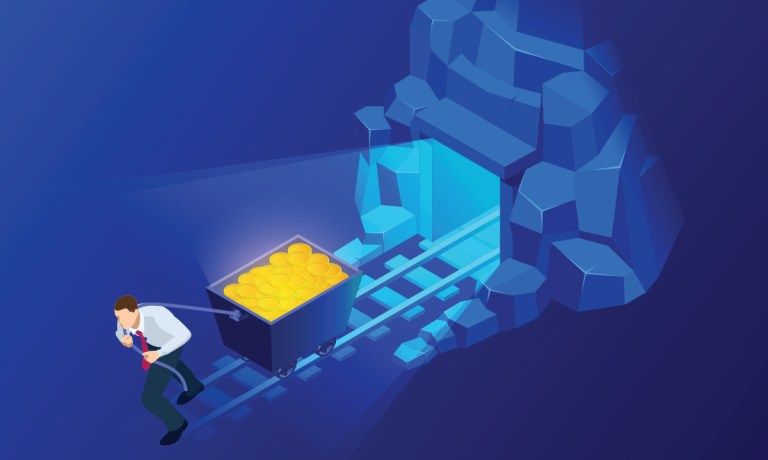
Every time you swipe a credit card, click on a website or carry your phone, you leave behind digital breadcrumbs. For most people, this trail of data seems insignificant. But to a growing army of analysts, it’s a potential goldmine.
Welcome to the world of data mining, where researchers sift through mountains of information to unearth valuable patterns and predictions. As our lives become increasingly digital, businesses and organizations are eager to turn data trails into actionable insights and profit.
The practice isn’t new, but recent computing power and machine learning advances have supercharged the field. Retailers, healthcare providers, financial institutions and even governments are now employing data miners to extract intelligence from the chaos of raw information.
Data mining plays a crucial role in fraud detection in the financial sector. Banks use algorithms to analyze millions of transactions, searching for signs of criminal activity. Unusual patterns in the timing, location or charge amount can flag potential fraud faster than traditional methods.
The power of these techniques can be both impressive and unsettling. Online retailers leverage data mining to offer product recommendations, sometimes seeming to know more about a customer’s preferences than expected. Social media posts, browsing histories, fitness tracker logs and smart home device usage all feed into vast data lakes waiting to be analyzed.
Some applications of data mining are less obvious but equally impactful. Cities have begun using predictive analytics to prioritize health inspections, examining factors like past violations and local conditions to identify establishments most likely to have health code issues.
As the field grows, so do concerns about privacy and ethical use of data. Critics argue that the line between insight and intrusion needs to be clearer. There’s a risk of creating digital echo chambers or reinforcing societal biases when algorithms predict people based on past behavior.
Instances where data mining in various sectors has led to unintended discrimination highlight the potential pitfalls of unchecked data analysis.
Regulators are struggling to keep pace with the rapidly evolving field. The European Union’s General Data Protection Regulation (GDPR) set a new global standard for data privacy, but many argue it doesn’t go far enough in addressing the complexities of modern data mining.
In the U.S., a patchwork of state and federal laws governs data use, leading to calls for comprehensive national legislation. Policymakers are grappling with balancing innovation with individual rights in the age of big data.
While often confused, data mining and data scraping are distinct practices in data analysis. Data mining involves analyzing large datasets to discover patterns, correlations and insights. It’s about extracting meaningful information from existing databases or data warehouses.
Data scraping, on the other hand, is the process of collecting data from websites or other sources, often using automated tools. It’s a method of gathering data, which can be used for various purposes, including data mining. While data mining focuses on analysis and insight generation, data scraping is primarily about data collection and extraction.
For example, a retailer might use data scraping to gather competitor pricing information from various websites and then use data mining techniques to analyze this information and their own sales data to inform pricing strategies.
Despite the challenges, the data mining industry continues to grow. The global big data technology market is experiencing rapid growth. According to Fortune Business Insights, the market size is expected to expand from $397.27 billion in 2024 to $1,194.35 billion by 2032.
Data mining can provide a significant competitive edge for companies able to harness its power. Netflix’s use of viewing data to inform content decisions is a well-known example of a successful application in the entertainment industry.
As artificial intelligence (AI) and machine learning techniques become more sophisticated, the potential applications of data mining continue to expand. Fields such as meteorology, healthcare and urban planning are exploring leveraging these techniques for improved forecasting and decision-making.
Data mining insights can influence various aspects of business operations, from inventory management to customer engagement strategies. As we navigate this evolving landscape of Big Data, the balance between innovation and privacy remains a central challenge. The digital gold rush is ongoing, but questions about its implications for society and individual rights continue to be debated.
For all PYMNTS AI coverage, subscribe to the daily AI Newsletter.